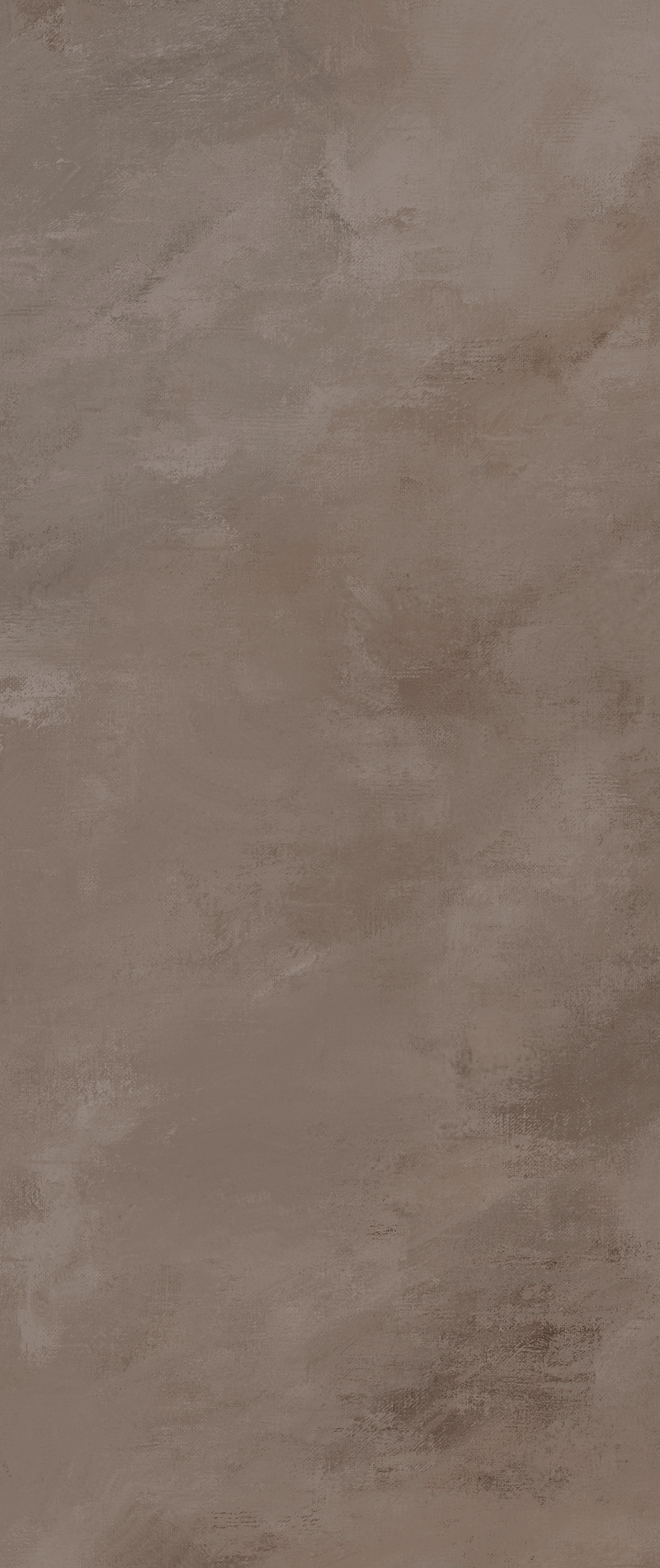




Welcome to Nur’s first blog post! Stay tuned for regular updates on all topics aesthetics. These days every time we get on our phone it seems like there’s a flood of content by everyone from viral influencers and tik tok doctors about all the latest trends in cosmetic procedures. It can be overwhelming and difficult to navigate all the varying information out there. In addition, there is a growing interest in cosmetic treatments, with more and more people seeking both surgical and nonsurgical procedures. With covid and increasing WFH culture, people are spending more time than ever on their phones and on zoom calls, with ample time to stare at their appearance on the camera and focus on perceived imperfections and insecurities. Even with growing awareness and normalization of cosmetic procedures, there is an existing stigma where cosmetic procedures are considered frivolous and superficial, and associated with looking “fake.” So here on the blog, we’ll do a deep dive into all aspects of aesthetic medicine from injectables to lasers and everything in between, to streamline the information, debunk myths and misconceptions, destigmatize the pursuit of beauty, and provide an educational breakdown of different topics.
Ok, let’s talk dermal filler. Because what better topic to kick off the blog? If you’re a millennial like me and haven’t already started dabbling in injectables, you might be curious about what you should be doing for skin maintenance and anti-aging. Unless you live under a rock, you’ve heard about fillers and might be wondering if you need them, or you’re freaked out by the endless botch jobs and unnatural features that seem to be everywhere these days. There is good news in either case: it is absolutely possible to maintain a fresh, youthful appearance via minimally invasive injectable treatments without looking unnatural. In fact, the correct way to do any cosmetic procedures, including injectables like botox and fillers, is to look like yourself without looking like you’ve had anything done.
The most common form of fillers are basically a gel-like substance composed of hyaluronic acid, one of glycosaminoglycans, or GAGs, which are a component of various connective tissue throughout our body. There are other types of fillers, including permanent substances or fillers that stimulate growth in our own tissue, but we’ll go into that in a future post. HA is a sugar molecule known for its unique capacity to retain water that contributes to the skin’s moisture level, and plays a key role in collagen structure and skin cell rejuvenation. HA filler is naturally metabolized by the body, and is dissolvable. These qualities make HA an obvious choice as a substance that can be expertly injected to add volume or enhance different areas of the face. There are different brands and types of HA fillers that vary by consistency and structure among other qualities, and your injector will usually help choose the appropriate filler based on area of treatment and depth of filler placement.
As we age, our facial features undergo age related changes involving volume loss in the musculoskeletal structure, loss of fat, and loss of collagen and elastin via environmental damage and decreased production. This results in a slow migration of everything downwards along the force of gravity, and increasing laxity and sagging of the skin. Fillers are an excellent option to add volume back into areas of the face such as the lips, cheeks, and temples. Fillers are also a great tool, in the right hands, to subtly enhance your features in order to amplify or bring out your natural beauty without undergoing plastic surgery. For example, filler can be used to enhance the natural shape of the lips to highlight their beauty. Filler is commonly injected in the chin to gently balance the facial profile. It can also be used to address asymmetry as well as in an overall global approach to optimize natural beauty.
One of the most common questions I get is about the difference between filler and botox. Filler is a literal substance that is placed beneath the skin to add volume. Botox, or botulinum toxin, is a pharmaceutical agent that acts as a neuromodulator targeting muscle, where it causes paralysis or relaxation. Botox is commonly used to prevent and treat forehead wrinkles, by injecting it in appropriate doses to block the muscles involved in frowning and raising the eyebrows (which result in vertical lines between the brows and horizontal lines across the forehead). We will go into more depth on botox in a future post, but the main takeaway is that most people don’t realize that botox is more a preventative than a treatment. Facial expression naturally forms lines on our skin due to the movement of muscles underneath. Collagen damage over time along with decreased collagen production as we age, slowly diminishes the integrity of the skin, which is why over time those lines can settle into deep or permanent wrinkles. Starting botox earlier will prevent those deeper wrinkles from ever setting in. Think of botox as preserving your skin in time, with regular treatments, at the age that you start.
With all the content out there between tik tok and instagram and reality television, there is a plethora of misinformation and misconceptions surrounding injectables, especially filler. I believe there is greater awareness now about fillers and people are more cautious about overdoing it, compared to a few years ago when more volume was the trending aesthetic à la Kardashian-think Kim’s BBL and Kylie’s lips. But we’re thankfully moving toward a more natural aesthetic as a society. That said, here is a list of key take home messages for anyone considering injectable fillers.
A few years ago, it was common for patients to come back every 6-9 months to maintain filler results, especially in areas like the lips or cheeks, because it was believed that the filler is eventually metabolized by the body and goes away. However, we now know that even though some of the filler is metabolized, a small amount does remain in the tissue indefinitely. It’s important to keep this in mind when doing repeat or follow up treatments, because you can quickly end up with overfilled, unnatural results. There is only a finite amount of filler the tissue can handle before it starts appearing obvious and impacting facial function and movement. Even a small amount of filler placed improperly in the wrong tissue plane can have this effect.
One of the great things about hyaluronic acid filler is that it is dissolvable, but that doesn’t necessarily mean it’s reversible. It’s almost impossible to fully dissolve filler unless you are using imaging like ultrasound, and even then there’s no guarantee that all the filler is removed. The dissolving agent, hyaluronidase, can also impact our own natural hyaluronic acid. Even though this is quickly regenerated by our body, the effect can be distressing and long lasting.
The wonderful superpower of hyaluronic acid is its water carrying capacity. It is also one of its major limitations. While it can be a nice way to add hydration to certain areas such as the lips, the water drawing tendency of filler makes it a terrible option for areas like the under eyes, where it will exacerbate issues like swollen or puffy eyes and under eye bags. Likewise, it can make cheeks, nasolabial folds, and jawline appear heavier and swollen, and impact facial movement and expression by drawing water to these areas. It’s always better to undertreat, because a subtle result that improves the appearance overall is much better than chasing imperfections and ending up with bad filler results long term. You might have seen the marketing showing how a syringe of filler is only less than a teaspoon. The truth is, that doesn’t mean one syringe won’t make a big difference, but a little bit goes a long way if your injector knows what they’re doing.
It’s so common to see statements about filler “lifting” the face, or having a “lifting effect” on skin laxity. No matter what you hear or how convincing the before and afters, only surgery can actually lift sagging or jowling tissue. Adding filler along the cheekbones will give a nice highlighting effect in that area, but will have no effect on lower face laxity. Filler can only address areas of volume loss by helping contour and camouflage age related changes in the face. It can only go so far, and patients who need a true surgical lift should be made aware that filler will most likely not help them achieve their aesthetic goals.
The other common mistake, which might be counterintuitive, is attempting to address deepening nasolabial folds and marionette lines with filler, or fix jowling by adding filler to the jawline. Filler can end up adding heaviness in these areas and paradoxically have an aging effect.
It’s not uncommon for people to bring their filtered selfies to convey their aesthetic goals. Selfies from a close distance of the camera give a fish eye view of our face that is not an accurate image of what we look like. So they aren’t a great standard to go by when considering fillers. Furthermore, filters create a very narrow ideal of beauty as opposed to diverse, unique, and individual beauty. The rising use of filters and photoshop apps to edit your appearance with a few clicks and an algorithm, is why we’re seeing so many people starting to look the same in real life, because we’re using the filtered version of ourselves that we see on our phones all day as a gauge for what we think we’re supposed to look like. I’m definitely planning to explore this topic and the importance of setting realistic expectations in more detail in the future, so make sure to follow!
All of the above said, as long as you’re aware of some of the take home messages, filler can be a wonderful option to maintain a fresh, youthful appearance and enhance your unique, natural beauty. Always make sure to choose a certified injector with the appropriate training and experience. Contrary to popular belief, when done correctly filler treatment actually yields natural and beautiful results. Objectively ideal clinical results do not comprise the normal anatomical borders of facial features. Filler is not appropriate for everyone, but if you’re considering treatment, make sure to book a consult with us! Our providers are more than happy to answer any questions and come up with a treatment plan tailored to individual aesthetic goals, while prioritizing patient safety and preserving a natural appearance.